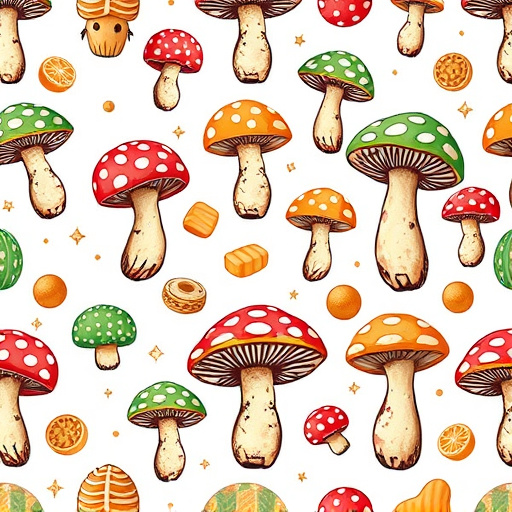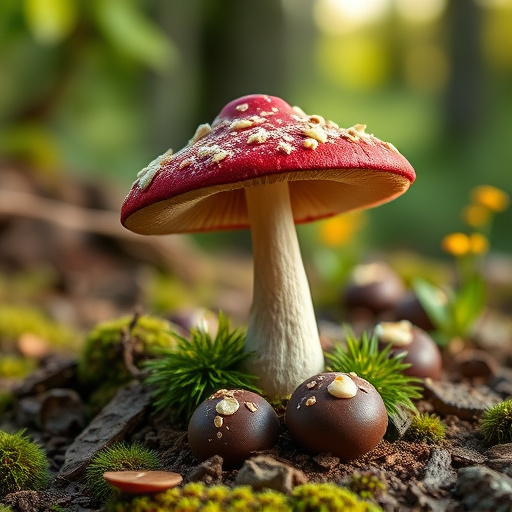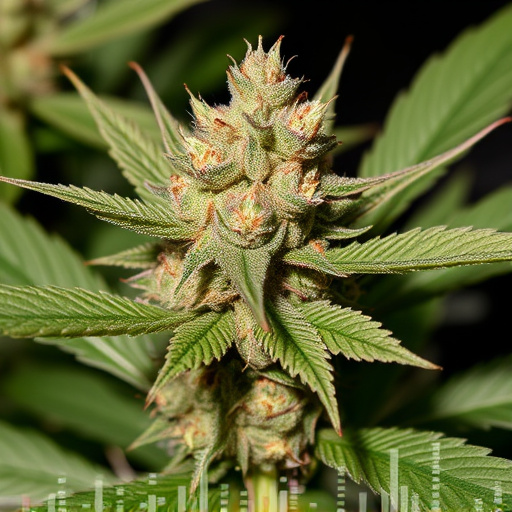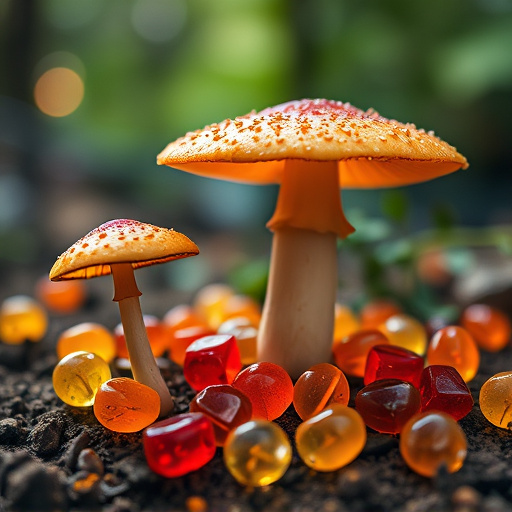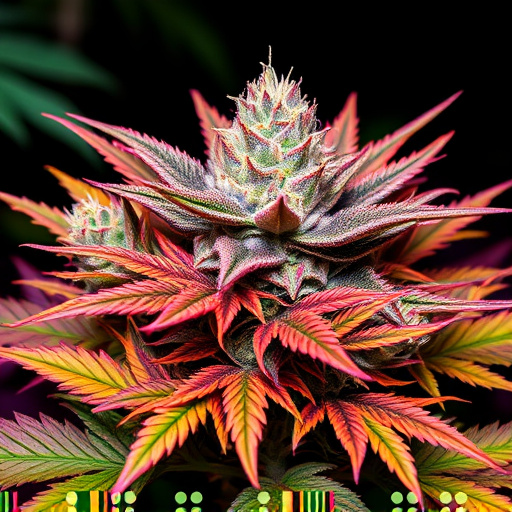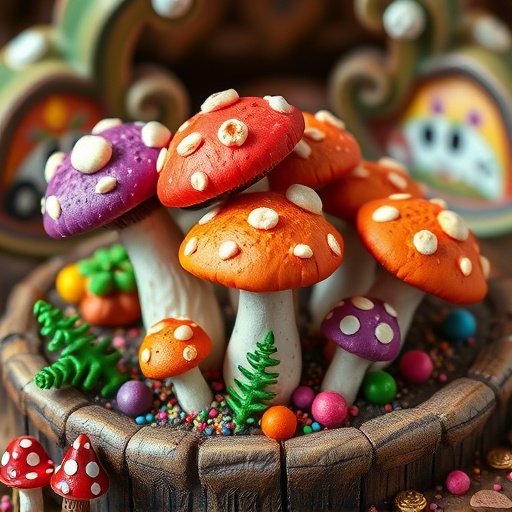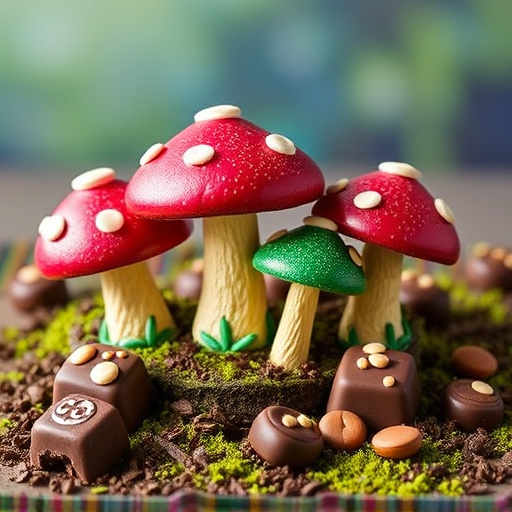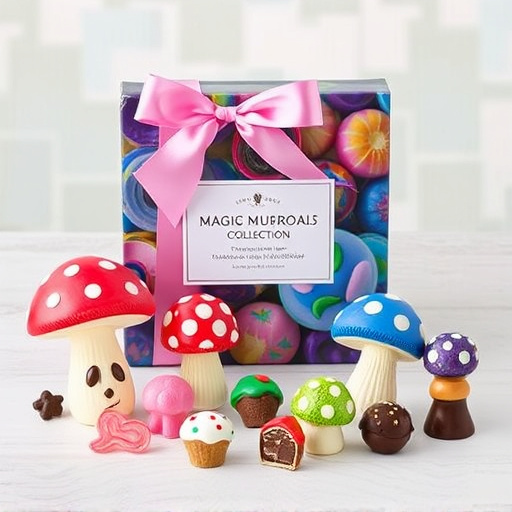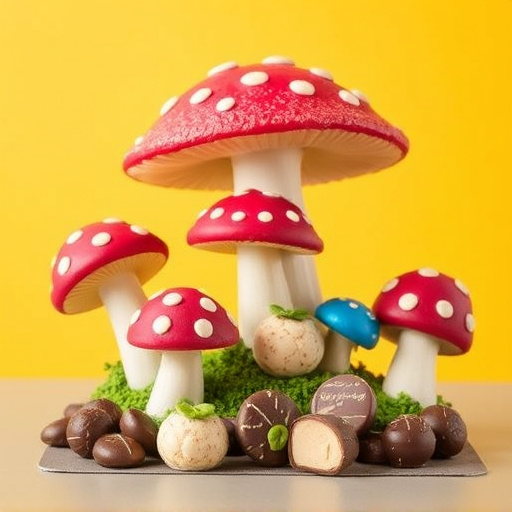Magic Mushroom Chocolates represent a novel therapeutic approach, combining psilocybin with confectionery art to offer subtle, controlled experiences leveraging the placebo effect. This method allows individuals to explore psychological aspects of psilocybin without full sensory journey associated with traditional consumption. The science behind the placebo effect reveals its powerful influence on consciousness and well-being, as brain chemistry releases neurotransmitters upon expectation of positive effects, leading to heightened relaxation and euphoria. Studies highlight potential therapeutic benefits for depression, anxiety, and addiction but also underscore risks like adverse reactions, dosage inaccuracies, and unregulated quality, requiring caution and understanding before consumption.
“Magic Mushroom Chocolates: Unraveling the Delights (and Dangers) of a Unique Confectionery Trend. This exotic treat, infusing the active compounds from psilocybin mushrooms into chocolate, promises not just a sensory experience but potential therapeutic benefits.
Our article explores the fascinating intersection of these natural substances and modern food science. We delve into the placebo effect’s role in their perceived effects, dissecting the potential advantages and risks associated with consuming Magic Mushroom Chocolates. Discover more about this intriguing fusion of psychology and gastronomy.”
- What are Magic Mushroom Chocolates?
- The Science Behind the Placebo Effect in Magic Mushrooms
- Potential Benefits and Risks of Consuming Magic Mushroom Chocolates
What are Magic Mushroom Chocolates?
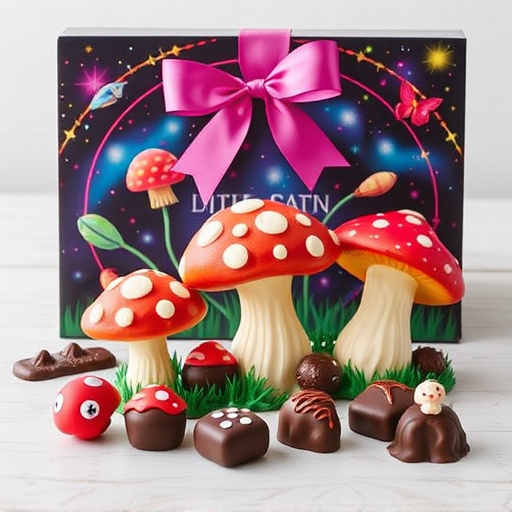
Magic Mushroom Chocolates are a unique twist on traditional treats, infusing chocolate with psilocybin, the active compound found in magic mushrooms. These chocolates aim to provide a subtle and controlled experience similar to that of consuming the mushrooms themselves, often used for their potential therapeutic and mystical effects. The key difference is the delivery method; instead of a full-blown mushroom experience, these chocolates offer a more discreet way to explore the substance’s effects.
The concept leverages the placebo effect, where the belief in a treatment can influence its perceived effectiveness. In this case, consumers may anticipate a certain experience based on the chocolate’s composition, leading to subjective changes in perception and mood. This approach allows for exploration into the psychological aspects of psilocybin consumption without the full sensory experience associated with traditional mushroom ingestion.
The Science Behind the Placebo Effect in Magic Mushrooms
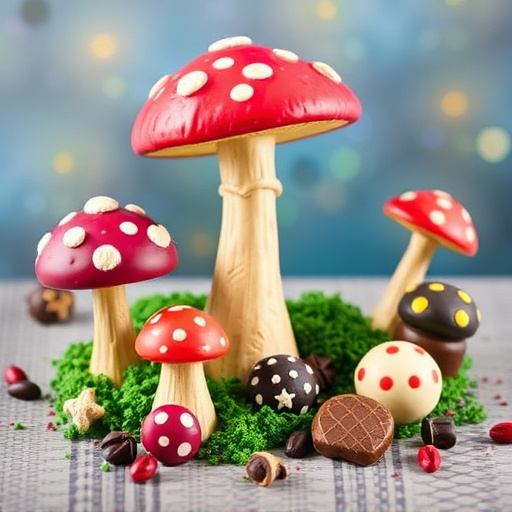
The science behind the placebo effect in magic mushrooms is intriguing. When individuals consume magic mushroom chocolates, their brains release various neurotransmitters and hormones that can significantly impact mood, perception, and sensory experiences. The placebo effect comes into play here as the brain’s natural response to the anticipated or suggested benefits of a substance. In the case of magic mushrooms, even without direct psychoactive compounds, the expectation of a positive experience can lead to changes in brain chemistry.
Placebo responses are often associated with heightened sensitivity to sensory stimuli and altered states of consciousness. Magic mushroom chocolates, by design, create an environment where the user expects a unique and profound experience. This anticipation triggers the release of endorphins, dopamine, and serotonin, which are linked to feelings of pleasure, relaxation, and euphoria. The placebo effect amplifies these experiences, making magic mushroom chocolates not just a treat but a potential tool for exploring consciousness and enhancing well-being.
Potential Benefits and Risks of Consuming Magic Mushroom Chocolates

Magic mushroom chocolates are a novel way to consume psilocybin, the active compound found in magic mushrooms. While they offer a convenient and potentially less intimidating approach to psychedelic experiences, it’s crucial to understand both their potential benefits and risks. Studies have suggested that psilocybin can induce feelings of euphoria, enhanced creativity, and profound insights into one’s thoughts and emotions. It has shown promise in treating conditions like depression, anxiety, and addiction by helping individuals gain new perspectives and promote positive behavioral changes. The placebo effect also plays a significant role; belief in the experience’s potential impact can greatly influence its perceived effects. However, magic mushroom chocolates carry risks, including adverse reactions such as anxiety, paranoia, or hallucinations. Dosage accuracy is paramount, as excessive consumption may lead to unpleasant experiences. Moreover, these chocolates are not regulated, meaning their quality and purity vary widely, posing additional health risks.
Magic mushroom chocolates represent a novel approach to leveraging the placebo effect for potential therapeutic benefits. By infusing chocolate with compounds found in psychedelic mushrooms, these treats offer an alternative way to explore consciousness and well-being. However, it’s crucial to understand that while the placebo effect can be powerful, magic mushroom chocolates are not without risks. Further research is needed to fully comprehend their effects, especially as they relate to the complex human mind and body. For now, consumers should approach these products with informed curiosity, recognizing both the potential for positive change and the importance of personal responsibility.
